Last updated: February 22, 2024
Article
Civics 101: American History

National Archives
Who has the most knowledge of American civics? Test your knowledge or form teams with your friends and keep score. This section covers American history. Have fun and good luck!

Bureau of Indian Affairs
Currently, the federal government recognizes nearly 600 tribes.

Library of Congress/ Carol Highsmith
The Declaration of Independence was officially adopted by the Continental Congress on July 4th, 1776
The Thomas Jefferson Memorial sits on the Tidal Basin of Washington D.C.

Library of Congress/ McConnel Map Co.
Massachusetts
Rhode Island
Connecticut
New York
New Jersey
Pennsylvania
Delaware
Maryland
Virginia
North Carolina
South Carolina
Georgia
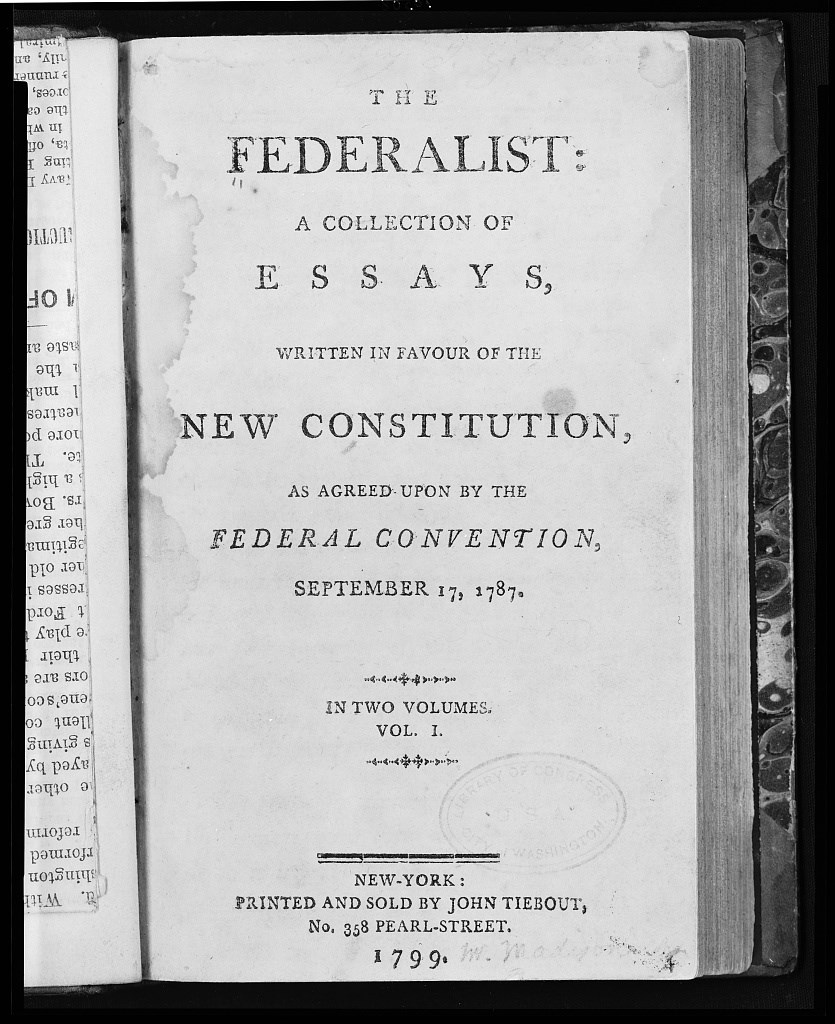
Library of Congress
James Madison
John Jay
Publius (All three authors published the Federalist Papers in New York newspapers under the pen name Publius.)
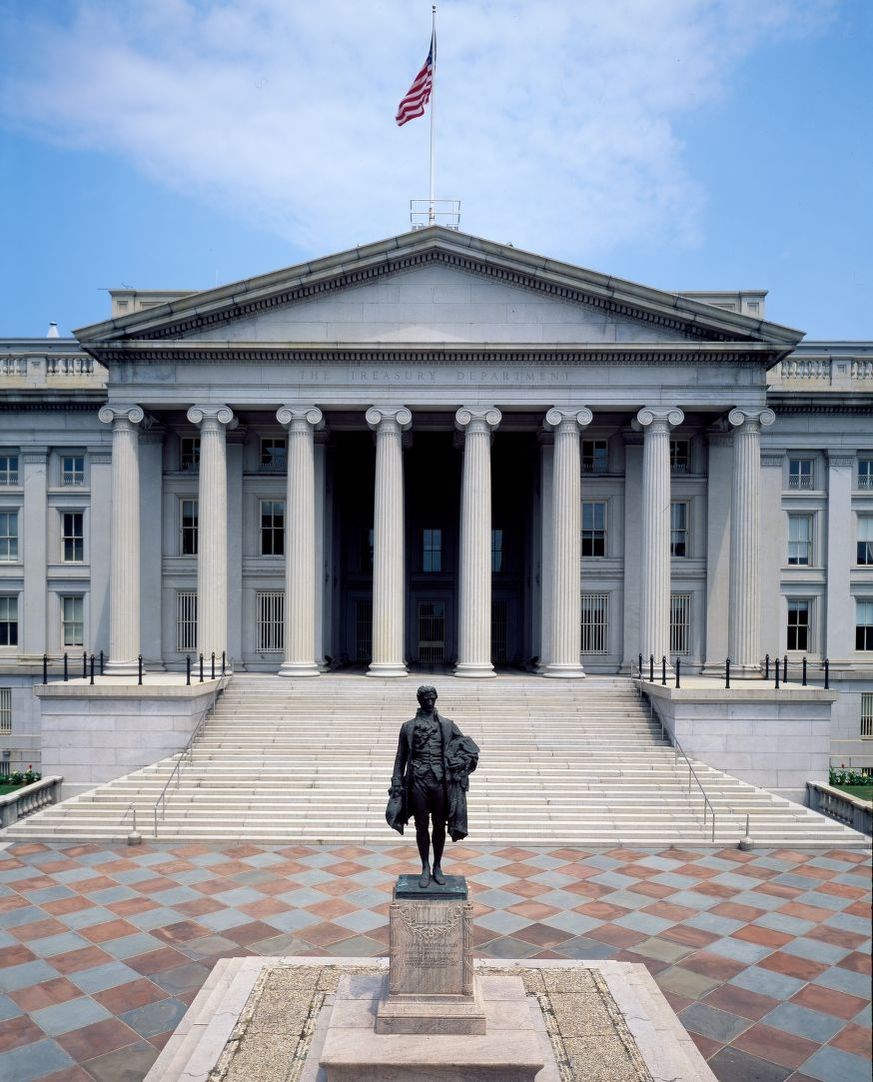
Library of Congress/ Carol Highsmith
The Federalist Papers helped people to understand and supported the passing of the new U.S. Constitution.
The full text of the essays are available from the Library of Congress. Published anonymously, most of the essays were written by Alexander Hamilton.
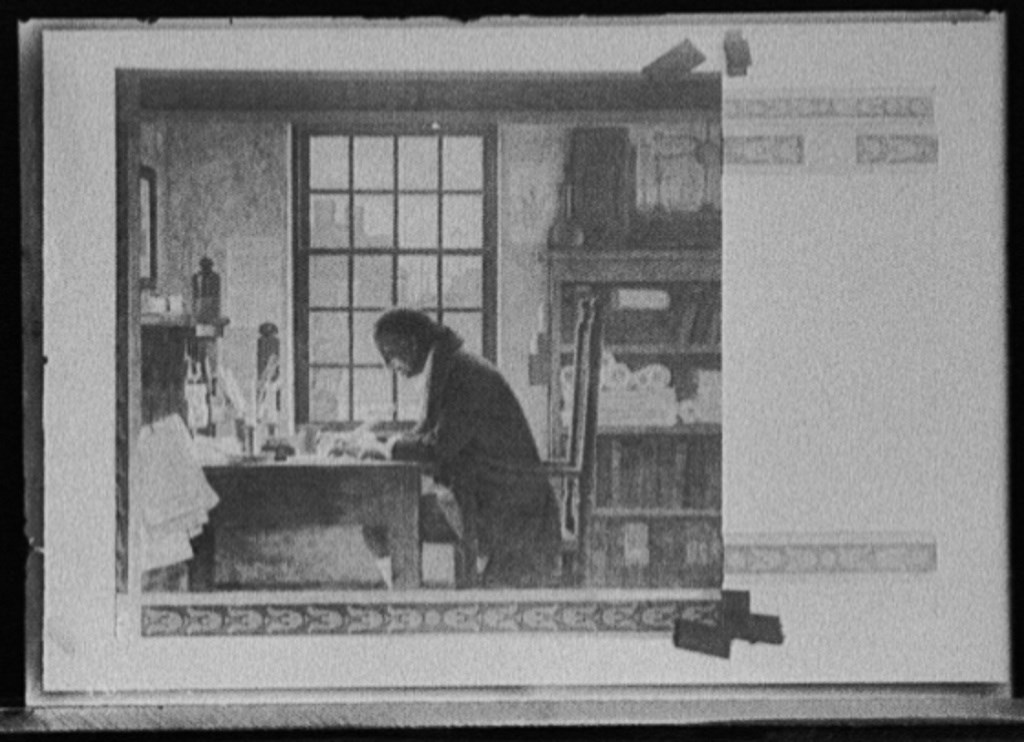
Library of Congress/ Charles E. Mills
He was also an inventor, diplomat, and founded the first free public libraries.

Library of Congress/ McConnel Map Co.
President Thomas Jefferson sent James Monroe and Robert Livingston to France to make the purchase.


Left image
Treasury building in 1910
Credit: Library of Congress/ Harris & Ewing
Right image
Treasury building in 1980
Credit: Library of Congress/Carol Highsmith
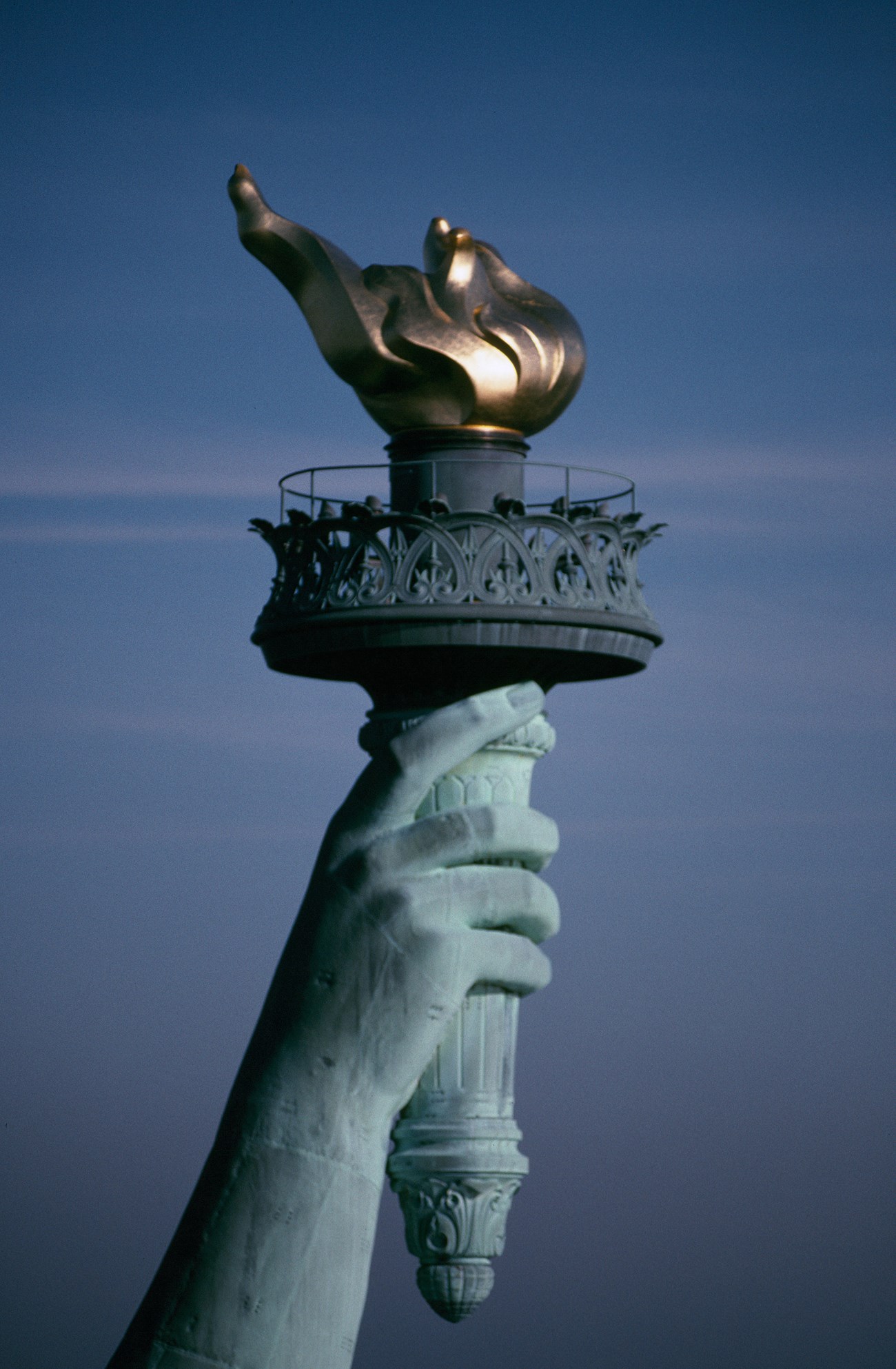
NPS Photo
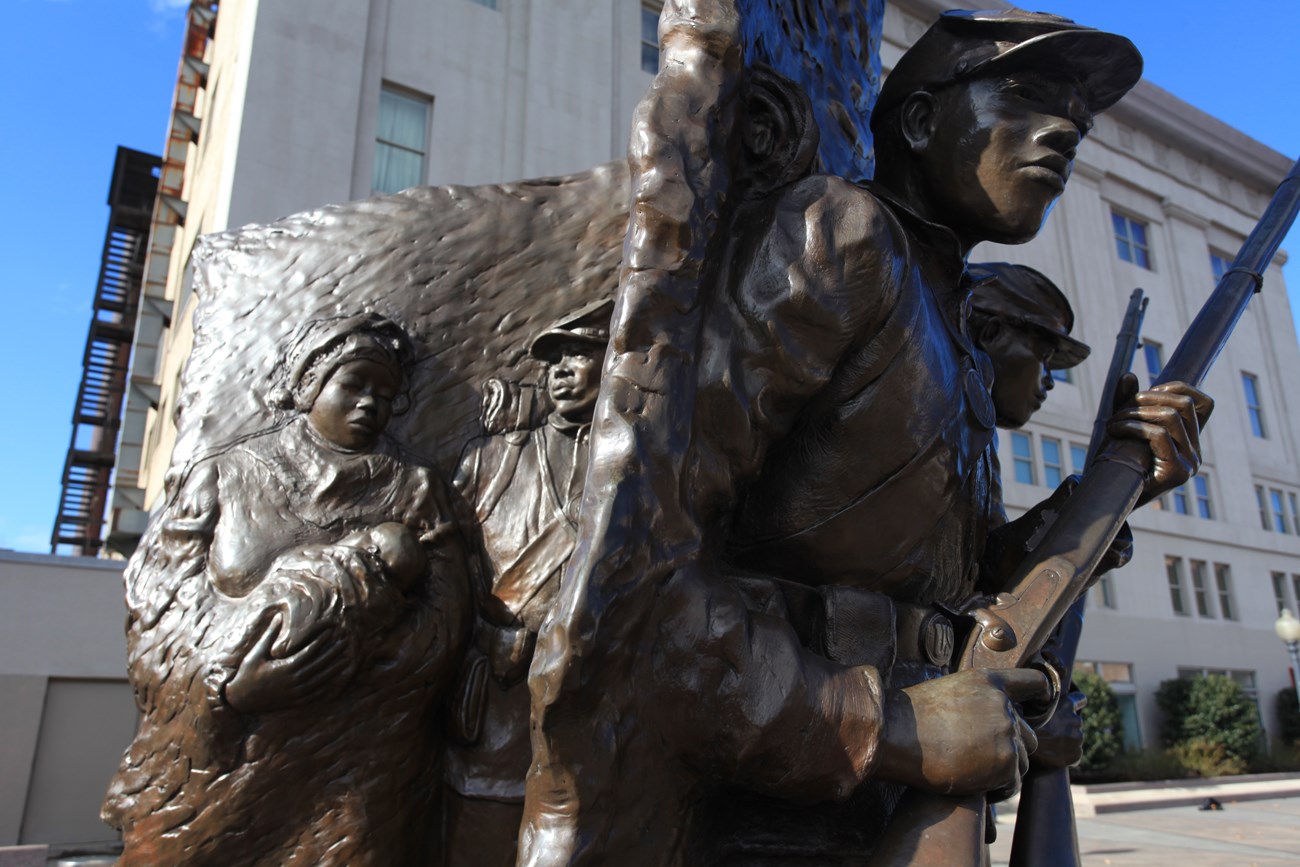
NPS Photo/ Anthony DeYoung
Many Black soldiers served in the Civil War. Their service is commemorated in the African American Civil War Memorial. After the Civil War, pressure increased for the passage of the 15th Amendment.
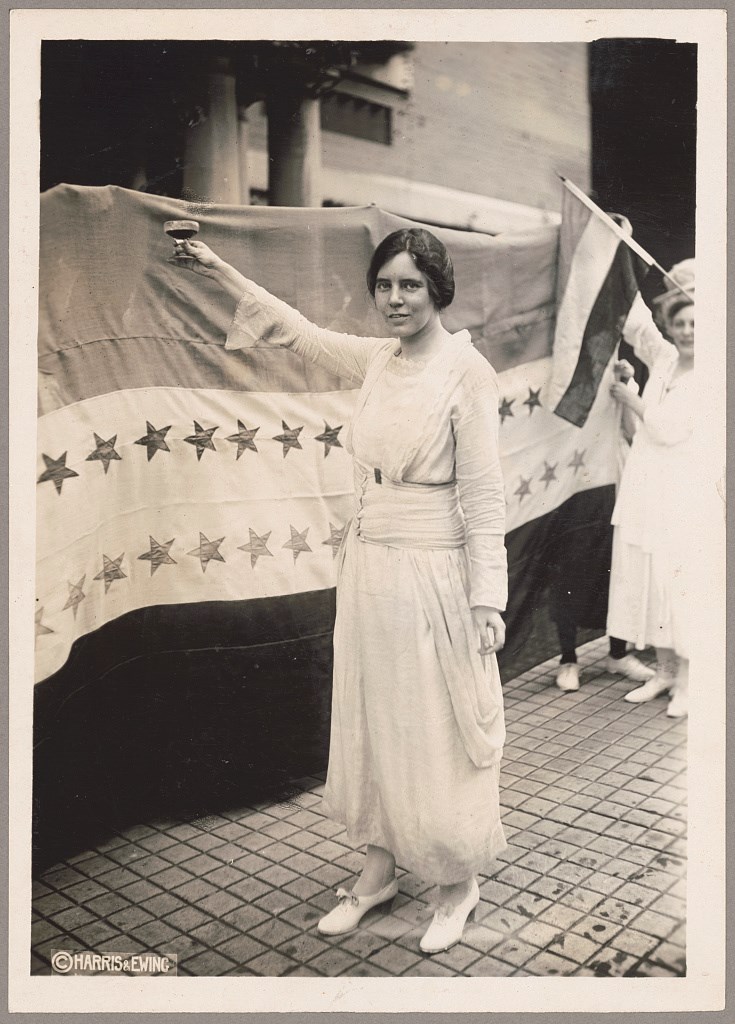
Library of Congress
Activists, like Dr. Alice Paul pictured here, worked for ratification for decades. Part of the history of women's suffrage is preserved at the Belmont-Paul Women's Equality National Monument in Washington D.C.

Library of Congress/ NPS
There were many important suffragists. Here are some key figures (from left to right)
Susan B. Anthony
Elizabeth Cady Stanton
Sojourner Truth
Harriet Tubman
Lucretia Mott
Lucy Stone
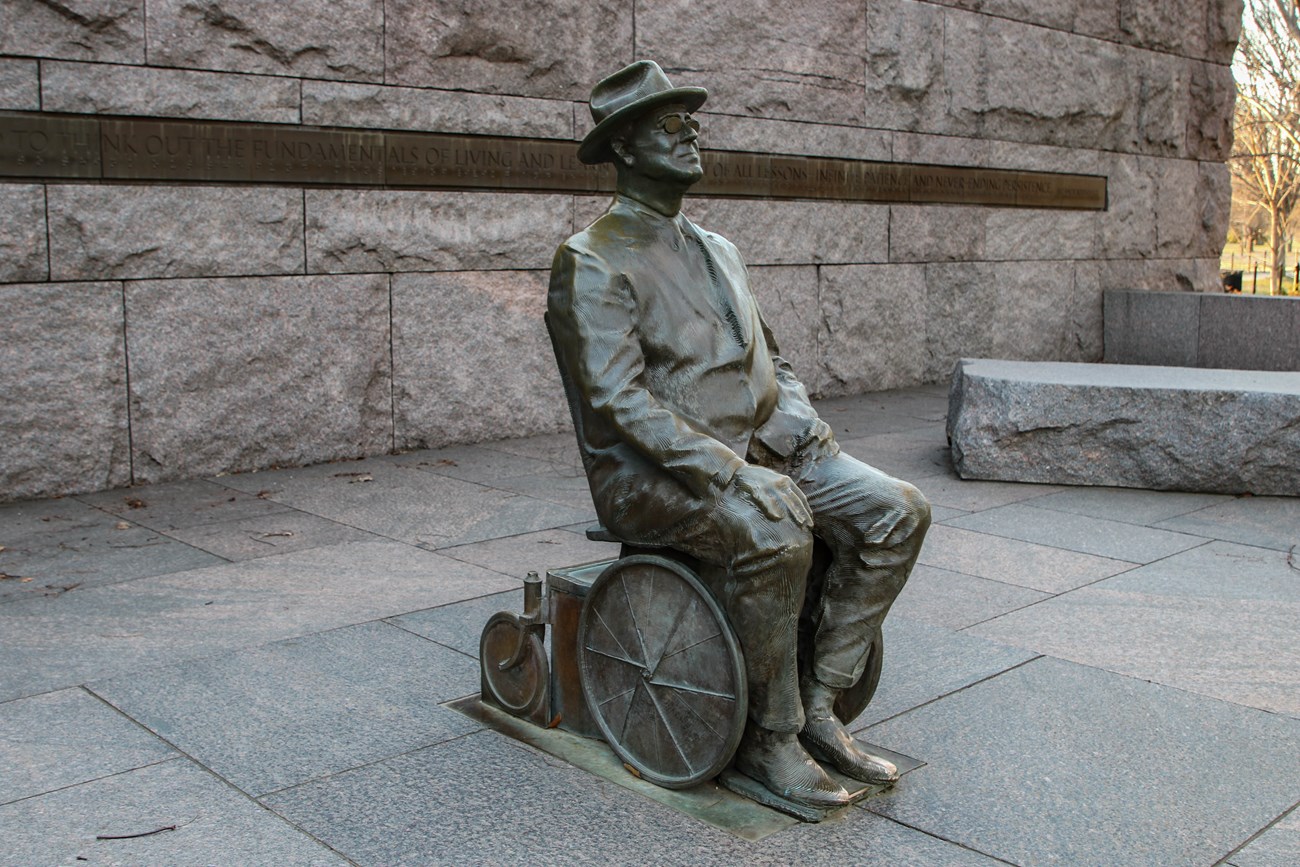
NPS Photo/ Victoria Stauffenberg
The Franklin Delano Roosevelt Memorial is found on the Tidal Basin of Washington, D.C. The memorial is laid out in five outdoor rooms with statues and quotes representing a prologue and his unprecedented four presidential terms.
Winning four terms in office would never be repeated. In 1951, congress passed the 22nd Amendment to the constitution, limiting a person to two terms in office.

National Archives
During his presidency, Eisenhower established a national highway system. This was a massive public works project, and stimulated the American economy at an important moment.

National Archives
The Dwight D. Eisenhower Memorial is south of the National Mall, surrounded by institutions which Eisenhower influenced during his presidential career. These include the Department of Transportation and Federal Aviation Administration, the Department of Education, the National Air and Space Museum, and the Voice of America.

NPS Photo
There is a memorial to Dr. Martin Luther King, Jr. on the Tidal Basin of Washington D.C. The memorial grounds and design recall the line from the "I Have a Dream" speech, "to hew out of the mountain of despair a stone of hope."
Source: Questions and answers are derived directly from or inspired by the 2020 Version of the Civics Test, U.S. Citizenship and Immigration Services
